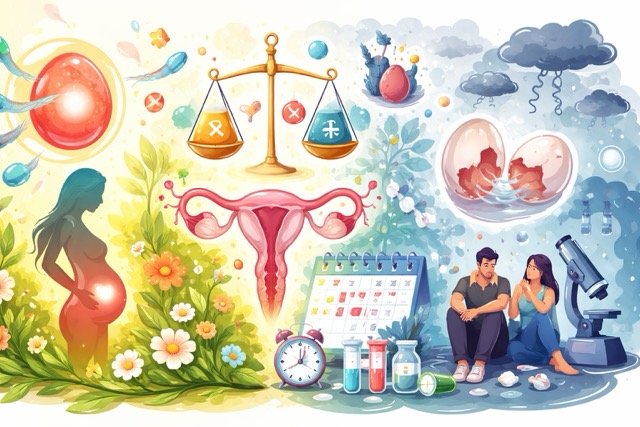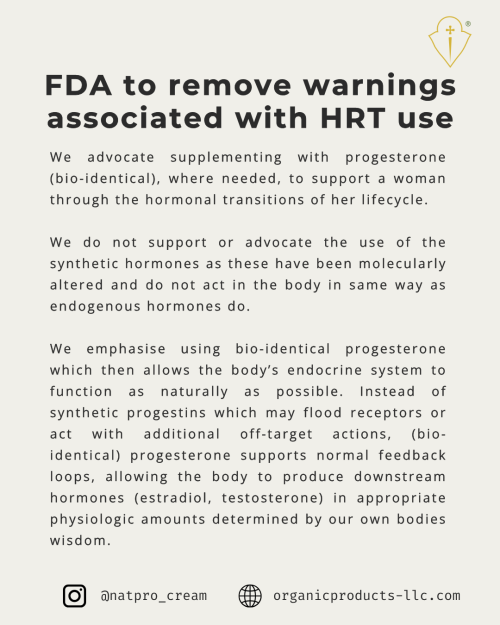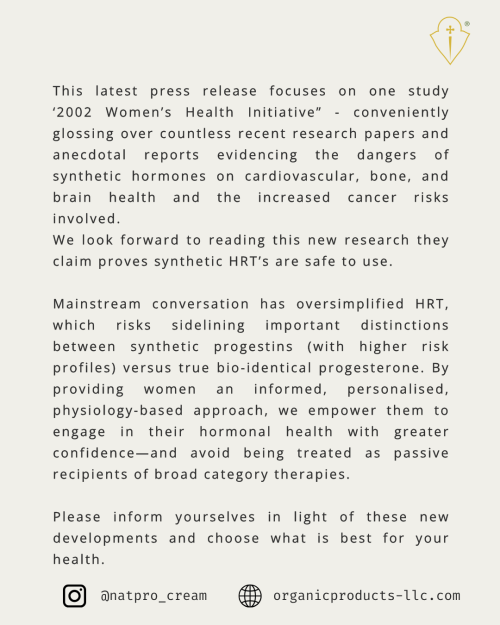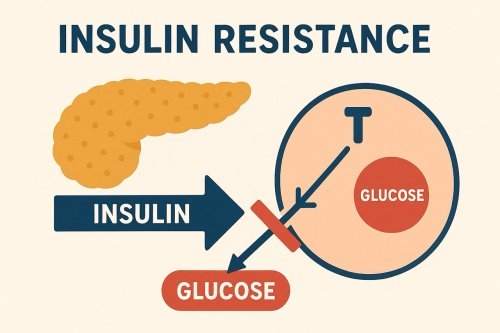Menu
Yam extract
by bill
(Orlando, Florida)
My wife is estrogen positive, progesterone positive, had lumpectomy, clear margins, no lymph node involvement, oncotype DX 13. no radiation, no chemo, going all natural.
Everyone says no Soy, as it feeds cancer. She wants to take natural progesterone. Some say processed yam extract does convert or is converted by the manufacturer or the body into T3. In responding to another blogger, you indicate yam extract does not or cannot be converted to T3, can you expand on point and does the body convert it.
Comments for Yam extract
|
||
|
||
|
||
|
||
 If you are feeling confused or overwhelmed by fertility challenges, or wondering if hormone balance might be affecting your ability to conceive you are not alone—many women and couples face uncertaint…
If you are feeling confused or overwhelmed by fertility challenges, or wondering if hormone balance might be affecting your ability to conceive you are not alone—many women and couples face uncertaint…
 _____
_____ Feeling tired, foggy, or struggling with stubborn weight gain—especially around the waist? You might be surprised to learn that these symptoms could be linked to insulin resistance, a condition that a…
Feeling tired, foggy, or struggling with stubborn weight gain—especially around the waist? You might be surprised to learn that these symptoms could be linked to insulin resistance, a condition that a… Are you struggling with irregular cycles, unwanted hair growth, or unexplained fatigue? You’re not alone. Polycystic Ovarian Syndrome (PCOS) affects up to 10% of women of reproductive age—and many mor…
Are you struggling with irregular cycles, unwanted hair growth, or unexplained fatigue? You’re not alone. Polycystic Ovarian Syndrome (PCOS) affects up to 10% of women of reproductive age—and many mor…